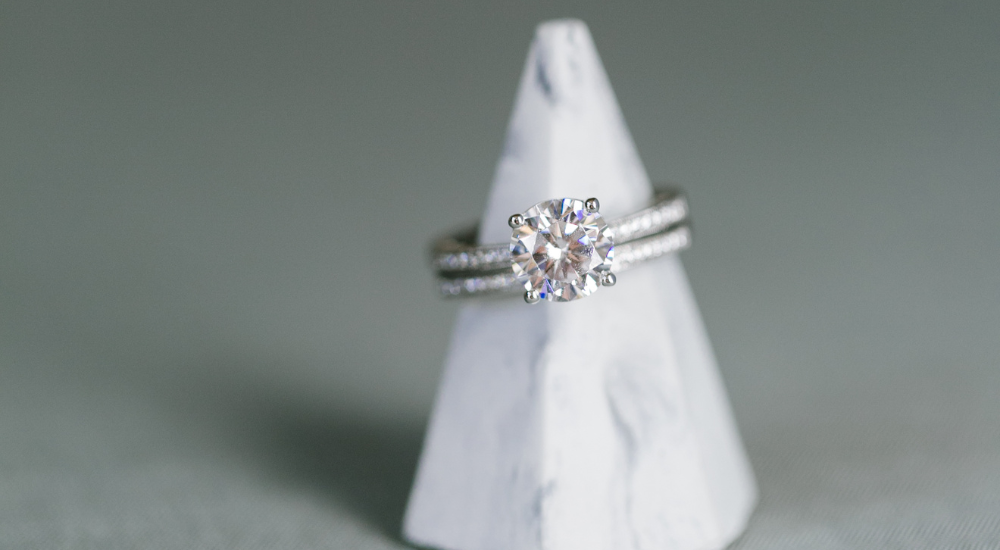
Blood Diamonds vs. Lab Diamonds: Ethical Dilemma in the Jewelry Industry
October 1, 2024Table of Contents
Introduction
Diamonds have long been cherished for their beauty, durability, and status as symbols of love and commitment. However, the diamond industry has a dark side, highlighted by the term “what is a blood diamond.” In contrast, the rise of lab-grown diamonds presents a more ethical and sustainable alternative. This article explores the meanings, implications, and differences between blood diamonds and lab diamonds.
What are Blood Diamonds?
Blood diamonds, also known as conflict diamonds, refer to gemstones mined in war zones and sold to finance armed conflict against governments. The term gained prominence in the late 1990s, particularly in connection with civil wars in African countries such as Sierra Leone, Angola, and the Democratic Republic of the Congo. The sale of these diamonds has fueled violence, human rights abuses, and environmental degradation.
The ethical concerns surrounding blood diamonds are profound. The extraction process often involves the exploitation of workers, including child labor and unsafe working conditions. Additionally, armed groups use the proceeds from these diamonds to fund violent activities, perpetuating cycles of conflict and suffering in affected regions. Environmental degradation is another significant issue, as diamond mining can lead to deforestation, soil erosion, and water pollution.
To combat the blood diamond trade, the international community has attempted to implement various regulatory frameworks. The Kimberley Process Certification Scheme (KPCS) was established to prevent conflict diamonds from entering the global market. However, enforcement is often weak, and many conflict diamonds still find their way into legitimate markets, highlighting the need for more robust measures.
What are Lab Diamonds?
Lab diamonds, also known as synthetic or cultured diamonds, are created in controlled laboratory environments using advanced technological processes that mimic natural diamond formation. These diamonds share the same physical, chemical, and optical properties as natural diamonds but are produced in a fraction of the time.
The production of lab diamonds presents a range of ethical advantages. Since they are produced in laboratories, there are no risks of financing conflict, exploiting workers, or causing environmental harm. This aspect has made lab diamonds increasingly appealing to socially conscious consumers who want to ensure their purchases do not contribute to human suffering.
Affordability is another significant advantage of lab-grown diamonds. They are generally more affordable than their natural counterparts due to lower production costs and the absence of mining-related expenses. This affordability allows consumers to purchase larger or higher-quality diamonds within their budgets.
In terms of quality and variety, lab diamonds can be produced in various sizes, colors, and clarities, providing consumers with ample options to choose from. Additionally, the customization potential means that individuals can select diamonds tailored to their preferences without compromising on quality.
Comparison: Blood Diamonds vs. Lab Diamonds
The contrast between blood diamonds and lab diamonds is stark. Blood diamonds are mined in conflict zones and are associated with ethical dilemmas, including human rights abuses and environmental degradation. They represent a dark aspect of the diamond trade that continues to affect communities worldwide.
In contrast, lab diamonds offer a more ethical and sustainable option for consumers. They are produced in controlled environments, free from the negative implications associated with blood diamonds. Lab diamonds not only provide an ethical alternative but also come at a more affordable price, making them accessible to a broader range of consumers.
Conclusion
As awareness of the ethical issues surrounding the diamond industry grows, consumers are increasingly seeking alternatives to blood diamonds.lab diamonds represent a promising solution, combining the beauty and allure of traditional diamonds with a commitment to ethical production. By choosing lab-grown diamonds, consumers can enjoy the brilliance of these gemstones while supporting responsible practices that prioritize human rights and environmental sustainability.













